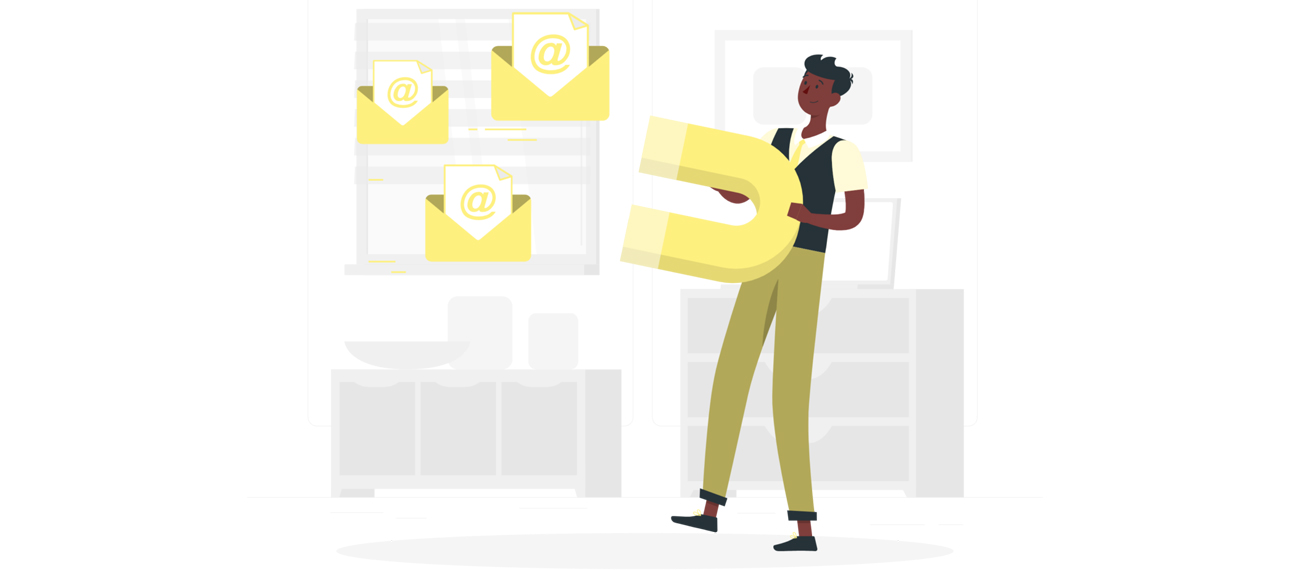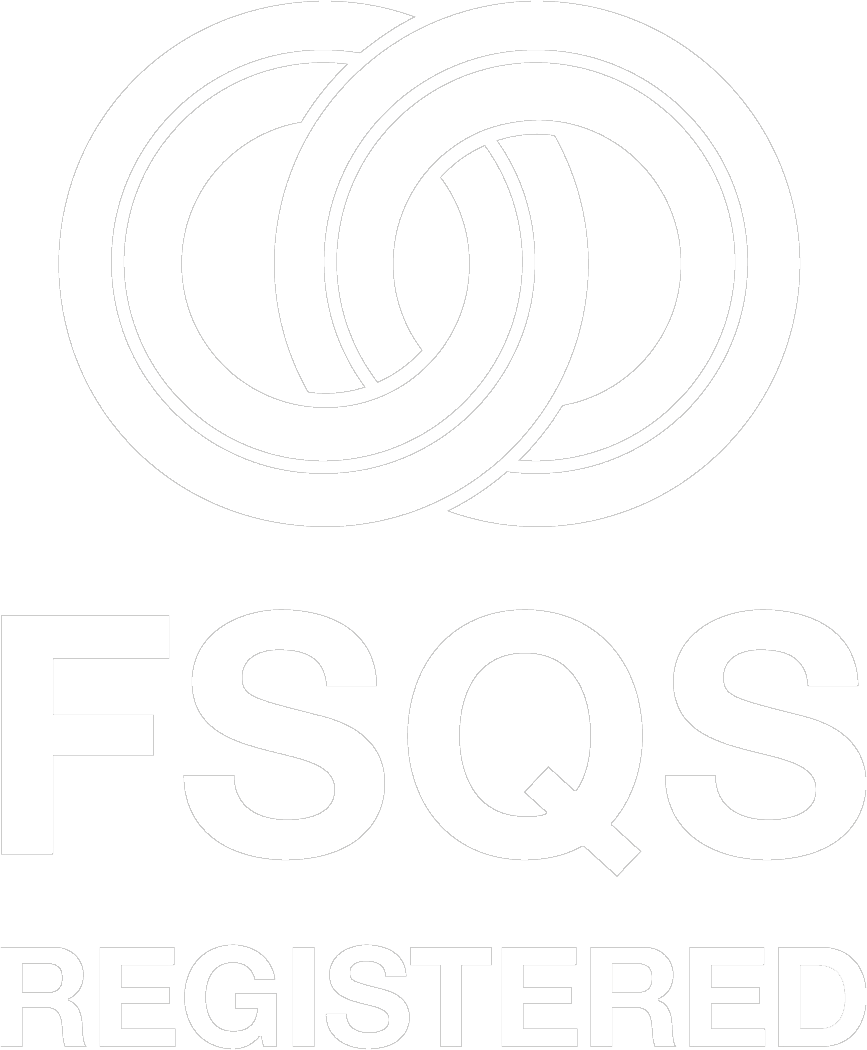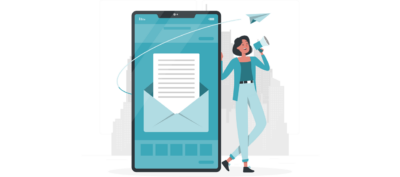
Email Marketing Strategies: How to win inbox attention
Email Marketing Strategies: How to win inbox attention
Email marketing is one of the easiest, most efficient ways to communicate and grow your target audience. But the question is how can you ensure that you catch the attention of your target audience over your competitors, and ensure your campaigns do not get lost amongst the copious amount of emails that subscribers receive daily, be they marketing, transactional or operational? We will focus on the best email marketing strategies and how to win inbox attention and stay ahead of the competition below:
1) Sending at the right time
According to Litmus “Over 20% of email opens occur within the first hour of sending, and 30% within the second hour”. This tells us that sending at a time where your audience is least active will result in a lower open rate or even the possibility of a non-open if your subscriber’s inbox is overflowing with competitor emails sent at a more active time.
Best practice for this is to utilise time-testing to find out what times during the day your audience is actively engaging with emails allowing you to adjust your campaign scheduling around these times.
Caveat – as we all know, Apple’s ios security updates is inflating open rates so please be conscious of that in your results
2) Personalise subject lines
Hi {FirstName}, is the standard used in subject lines across the board but this standard greeting in this digital age is not as attention grabbing as it once was. Content needs to be tailored to the personal needs of the customer and not just addressing them by their first name.
Customer engagements and interactions offer a multitude of insights that can help to tailor subject lines in a more effective way of capturing the attention of the individual customer. Behaviours such as cart abandonment and purchase history allow us to see precisely what the customer is looking for. This behavioural information along with demographic records can be used to personalise subject lines and offers even further.
A good example of utilising this information is River Island who use the purchase history and location of the store most frequented by a customer to personalise their subject lines to capture the attention of the individual as the information appears more relevant and tailored to them. River Island subject line: Lisa, River Island Grafton Street are on sale!
Therefore it pays off to invest time in your CRM tool and the data you are collecting on your customers, as this data can be used to make your marketing campaigns hyper-relevant for your customers. Although this may seem time consuming initially, it will pay off in the long run by grabbing the attention of your subscribers and retaining their interest.
3) Optimise preheaders
Preheaders are the preview text shown after the subject line, many do not take advantage of this function and leave it blank, so it shows the ALT text which is not intended to be seen by your subscribers, which for the majority this ALT text is “view in browser” or image.jpg. This is not going to grab the attention of your subscribers and according to litmus “24% of your audience looks at this text first when deciding whether to open your email”.
Therefore, preheaders should be treated as a second subject line and should be thought through and tested accordingly. They should be used as a snippet of what’s in the body of the email but also highlight the benefit of opening the email for your subscriber to encourage a higher open rate, as well as any other CTA’s and targets you are looking to achieve through your campaign.
4) Optimise mobile
According to Litmus “Over 40% of all email opens are by mobile users”. This highlights the importance of optimising your emails to render correctly on mobile and ensuring the customer experience is as seamless as it would be when viewed on desktop. You don’t want to lose out on valuable subscribers or engagement because recipients find it too difficult to read or interact with your emails on small mobile screens.
Sizing is the main factor that should be considered to ensure your emails look as good on mobile as they do on desktop:
Images
– it is important to make sure image sizes are displaying correctly on mobile and not being skewed or left unreadable for the recipient. If this is the case it may be easier to opt for simpler less detailed images on mobile, then more detailed desktop versions.
Buttons
– buttons and links need to be big enough (approx. 45 pixels) so that they can be tapped easily making the email easier for mobile users to interact and engage with.
Files
– loading speeds on a mobile network will be impacted by large images and files. File sizes should be kept as small as possible, so they load quickly.
5) Relevant content and micro segmentation
In order to send the most relevant and personalized content to your subscribers you should be using micro segmentation to reduce your target audience to the smallest niche possible. Again, this is where it pays off to invest time in your CRM tool and the data you are collecting on your customers.
Using information such as age, location and recent purchases can help you create certain personas around these attributes, and you can then create a marketing campaign targeted just for these specific personas. The return on investment for micro marketing efforts will be far greater than spray and pray campaigns.
6) Utilising automated emails and behavioural triggers
Behavioural triggers are indications that your customer is interested in your product or service. These triggers can be a visit to your website, completing forms or interacting with previous emails, this highlights your customers willingness to hear from you.
Automated emails are emails triggered by an event, these events can be a customer taking out a quote, making a purchase or even a birthday. According to Litmus “a third of brands generate over a quarter of their email-based revenue through triggered emails.” highlighting that this is a valuable method of marketing.
For behavioural targeting to effectively catch the attention of your target audience you must:
Identify
– the high value triggers that lead to conversions
Personalise
– your automated emails using data from your CRM to make sure content is relevant to the targeted recipient.
Test
– your triggered emails to optimize these campaigns and experiment using various CTA’s and personalisation to see its impact on conversions and engagement.
7) Avoid over sending
With email frequency, it’s important to remember quality over quantity. When subscribers see the same content day in and day out, they tend to become bored and delete the email without opening or just open the email without scrolling or engaging any further as they expect the same content as the day before.
To ensure your emails are not getting lost in many overflowing inboxes and to stay ahead of the competition, you need to ensure that the information you are sending is relevant to the recipient and information they want to receive.
It is also important to make sure you are following privacy and anti-spam regulations, such as GDPR and ensuring you are only sending the emails that the recipients have agreed to receive. This overall benefits your email deliverability as sending less emails will actually help in getting your emails in front of your subscribers
Summed up
Email is the most efficient and direct line to your customers. But the main challenge is getting customers to interact with your emails. What we can take away from the above is that emails should be personalised and hyper relevant to the individual customer, as well as easy to read and interact with despite whatever device it is being viewed on. By implementing the above, be sure your emails stay on top.
Please contact us if you need help with your email marketing.






